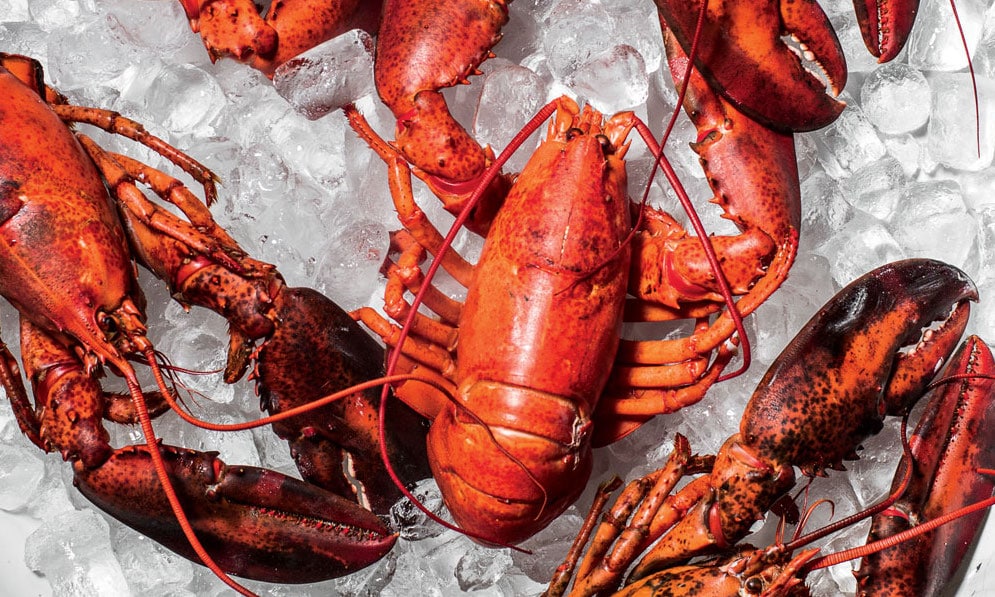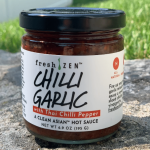Cooking Advice
5 Mistakes to Avoid When Cooking Lobster
Cooking lobster may seem intimidating, but you can get the hang of it in no time. Perfect this favorite summer meal with our easy lobster cooking tips.

Coffee By Design | Portland, Maine
Photo Credit : Katherine Keenan







I was taught to start lobster off in cold water, not boiling water. Boiling water causes the muscles to tighten up. How do you feel & react if you dip your fingers in boiling water ? Well, the poor lobster feels the same way. The lobster is much more tender starting in cold water.
Made that mistake once boiled them slowly! Horrible!
My mother would send us down to the beach to gather a few hands full of seaweed to add to the boiling (or steaming) pot for cooking lobsters. The seaweed gave the lobster meat a fresh salty “sea” flavor. Yum.
Awesome article on cooking lobster and very timely!!!
I would say go if you’re overly concerned about the lobsters’ perceived feelings, go and cook something else.
Please, be humane and pith your lobster before cooking it. Use a slender metal tool like a seafood pick and insert it in the back of the head.
This does nothing except soothe the squeamish cook.
I’m not squeamish about throwing lobsters into boiling water, but sticking something sharp and metal into their head would certainly not soothe me
Having eaten at Brown’s Seafood in Seabrook NH over the years, I’ve learned several tricks by watching the employees prepare lobsters. In doing so, I’ve realized that the best way to quickly serve your family or a crowd without having watery plates or a mess in your house is to get an outdoor propane stove. Saves on messes and unwanted odors. Next, invest in a steam-pot. Steaming seems to allow of the lobsters to cook without holding in so much water–though some might argue boiling adds a bit more flavor. Once the lobster are cooked, remove them and lay them on a large cooking sheet or cutting board to cool a bit. Use a meat cleaver to cut through the claw shells (without cutting all the way through, just enough to break the shell on one side. Then use the cleaver to split through the bottom of the tail shell–again not cutting all the way through. Now it’s ready to serve, doesn’t leave water all over people’s plates and allows for people to access the lobster meat much easier vs. cracking from scratch.
I’ve never cooked one, but my mom always got the water boiling and then put them in head first to “boil their brains”
Excellent article!
Loved the article. Thank yoi.
Good article. Thank you